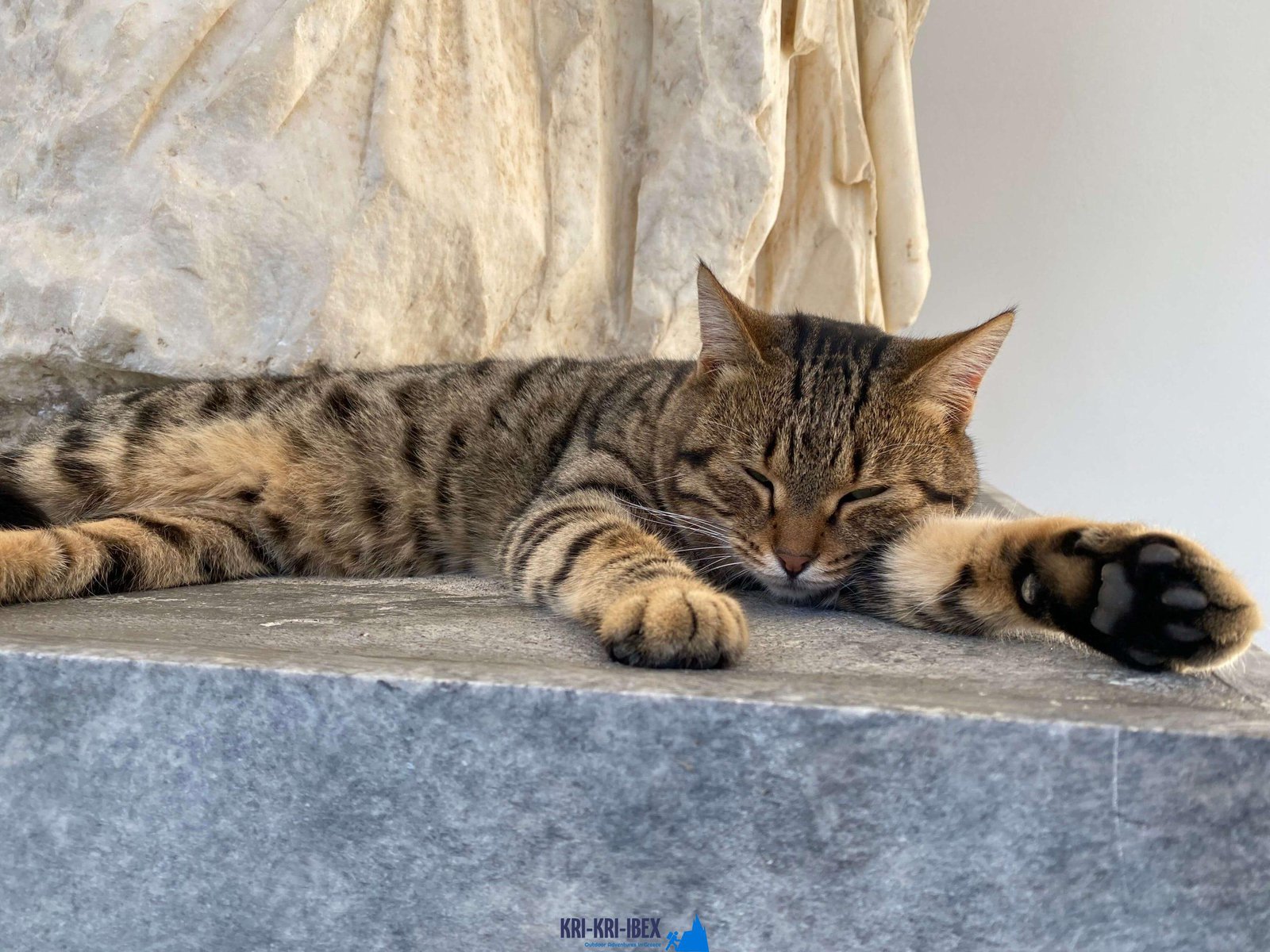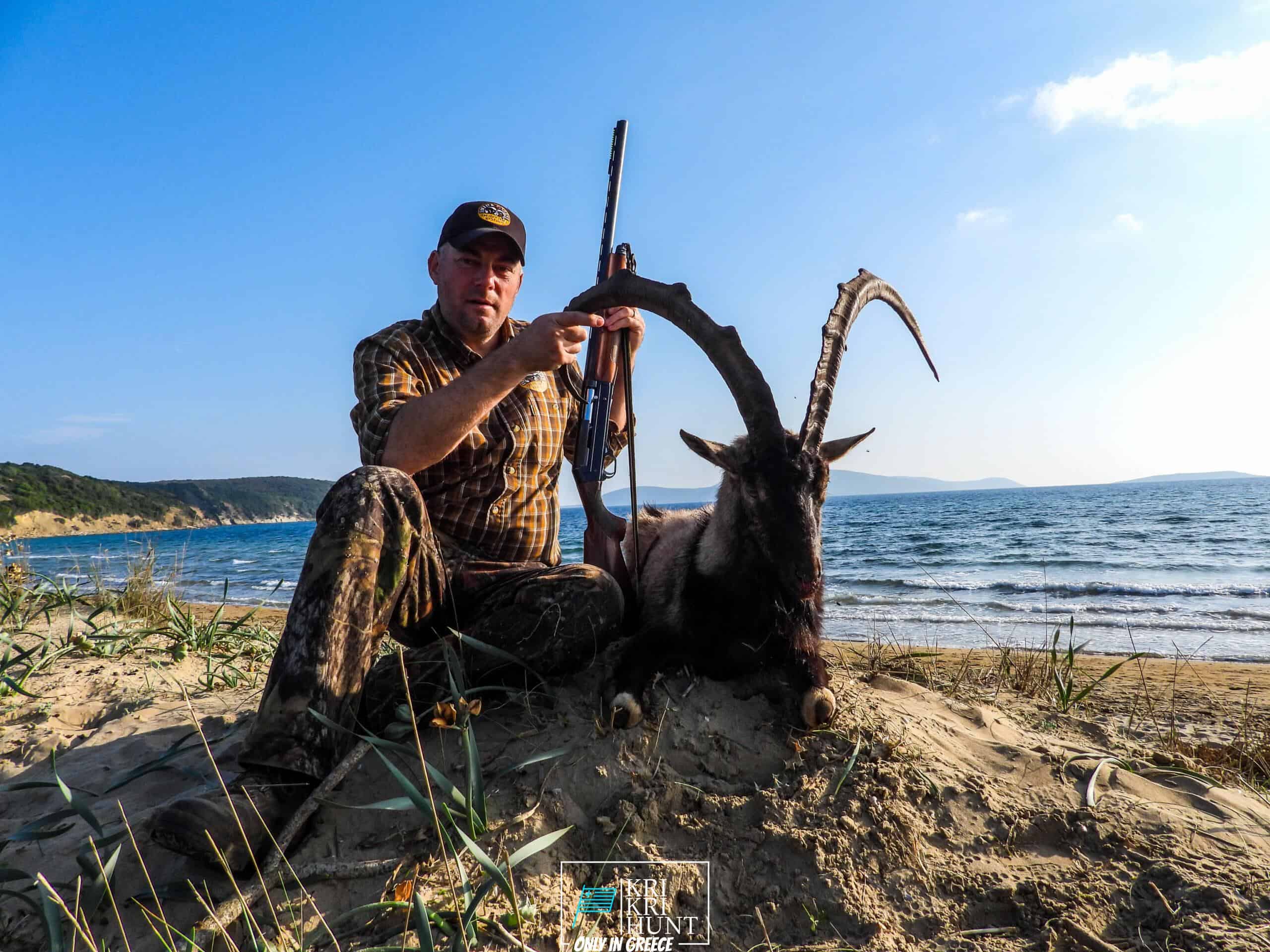
To many individuals, The Peloponnese peninsula on the Greek Mainland is the 'actual' Greece, where points have not transformed much at all over the centuries although that many people have discovered it. This is an area where you could easily spend a month, yet if you are short on time after that our outdoor searching, Fishing, complimentary diving and also visiting Peloponnese Tours from Methoni is a great service.

Searching kri kri ibex in Greece is a tough task, as well as hunting generally. It is testing for non-Greek hunters to search huge game in Greece. The kri kri ibex is the only choice for local hunters besides swines as well as roe deer, which might just be pursued in carefully safeguarded unique hunting locations such as certain islands. Two different islands about 150 kilometers/ Atalanty/ and 300 kilometers/ Sapientza/ from Athens provide the possibility to search this amazing animal. There, searching this animal is banned from morning till noontime, according to Greek law. Just shotguns are allowed, and slugs are the only ammo enabled. You need to book a year ahead of time for hunting licenses. This ensures that major seekers only are enabled on these journeys. Just the Greek Ministry of Nature and also Agriculture problems the licenses, as well as the federal government problems a specific variety of them every year.
On our Peloponnese scenic tours, you'll reach experience all that this impressive area needs to use. We'll take you on a trip of a few of the most historical and also lovely sites in all of Greece, consisting of old damages, castles, as well as much more. You'll likewise get to experience a few of the conventional Greek society direct by enjoying several of the scrumptious food and also white wine that the region is recognized for. As well as of course, no trip to Peloponnese would be full without a dip in the gleaming Mediterranean Sea! Whether you're a skilled hunter seeking a brand-new adventure or a novice traveler just aiming to check out Greece's spectacular landscape, our Peloponnese tours are excellent for you. So what are you waiting for? Schedule your trip today!
Look no better than the Sapientza island in Greece if you are looking for Kri Kri ibex hunt as well as remarkable trip location. With its sensational all-natural beauty, delicious food, as well as rich culture, you will certainly not be dissatisfied. Book among our searching and also visiting Peloponnese Tours from Methoni today, dot forget your prize Kri Kri ibex!
What is the diference between Kri Kri ibex, Bezoar ibex and hybrid ibex
The kri-kri is not thought to be indigenous to Crete, most likely having been imported to the island during the time of the Minoan civilization. Nevertheless, it is found nowhere else and is therefore endemic to Crete. It was common throughout the Aegean but the peaks of the 8,000 ft (2,400 m) White Mountains of Western Crete are their last strongholds–particularly a series of almost vertical 3,000 ft (900 m) cliffs called ‘the Untrodden’—at the head of the Samaria Gorge. This mountain range, which hosts another 14 endemic animal species, is protected as a UNESCO Biosphere Reserve. In total, their range extends to the White Mountains, the Samaria National Forest and the islets of Dia, Thodorou, and Agii Pandes.
This Ibex is NOT a diminutive form of the Bezoar Ibex, which has migrated into the western-most reach of the range of this species. The kri – kri (Capra aegagrus cretica), sometimes called the Cretan goat, Agrimi, or Cretan Ibex, is a feral goat inhabiting the Eastern Mediterranean, previously considered a subspecies of wild goat. The kri-kri has a light brownish coat with a darker band around its neck. It has two horns that sweep back from the head. In the wild they are shy and avoid tourists, resting during the day. The animal can leap some distance or climb seemingly sheer cliffs.
“The agrimi goat Capra aegagrus cretica is unique to Crete and its offshore islands. It has been identi®ed as a sub-species of the wild bezoar goat Capra aegagrus aegagrus Erxleben, 1777, which it closely resembles in horn shape, body form and coloration. This classi®cation has been disputed by some researchers who claim that the agrimi are feral goats, derived from early domestic stock brought to the island by the ®rst Neolithic settlers. In order to clarify this issue, DNA analyses (cytochrome b and D loop sequences) were carried out on tissue of live and skeletonized agrimi and compared to sequences of wild and domestic caprines. Results conclusively show the agrimi to be a feral animal, that clades with domestic goats (Capra hircus) rather than with wild Asiatic bezoar. This study demonstrates that morphometric criteria do not necessarily re¯ect genetic af®nities, and that the taxonomic classi®cation of agrimi should be revised.”